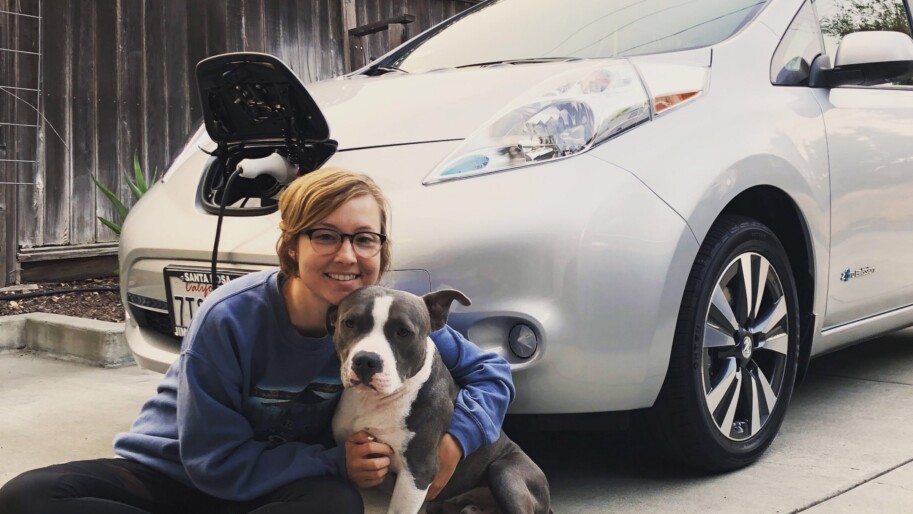by Buddy Burch, CCP
A few weeks ago, I finally took the plunge and purchased my first electric vehicle (EV). I had begun to seriously consider the switch at the end of 2017 when I moved back to Santa Rosa and started working at The Climate Center. My first assignment was to produce a survey of global actions being taken to phase out internal combustion engine vehicles. After spending months on this topic, my conscience cried for an EV.
The reason I jumped in and purchased my Nissan Leaf at Jim Bone Nissan of Santa Rosa was Sonoma Clean Power’s Drive EV rebate program. I’m currently applying to grad school, so there were several factors at play for me. Obviously, I wanted to reduce my emissions on the road. At the same time, I’m looking at the cost of school for two years for a master’s degree, and I’m still paying off some student loans from undergrad. All of that said, I’ve been working for a few years, I’ve saved some money, and now was possibly the best time for me to invest in something that would last me through (and past) grad school. The rebate (and finding out that I could have a reasonable monthly payment after spending some time developing my credit score) was the tipping point in making the investment affordable.
I wanted to write this blog post to encourage younger people to really weigh the options about the purchases we make as we enter adulthood. While I cannot stress enough that we live in a system that does not favor climate-friendly choices, making them inconvenient or unaffordable, we should still try to make decisions that reduce our carbon footprint and get us closer to mitigating climate change. Even more important, we must demand climate mitigation solutions from our leaders at every level through elections and policy campaigns so that green technologies become the most affordable and available. Policies can change the cars we drive and the health of our planet.
